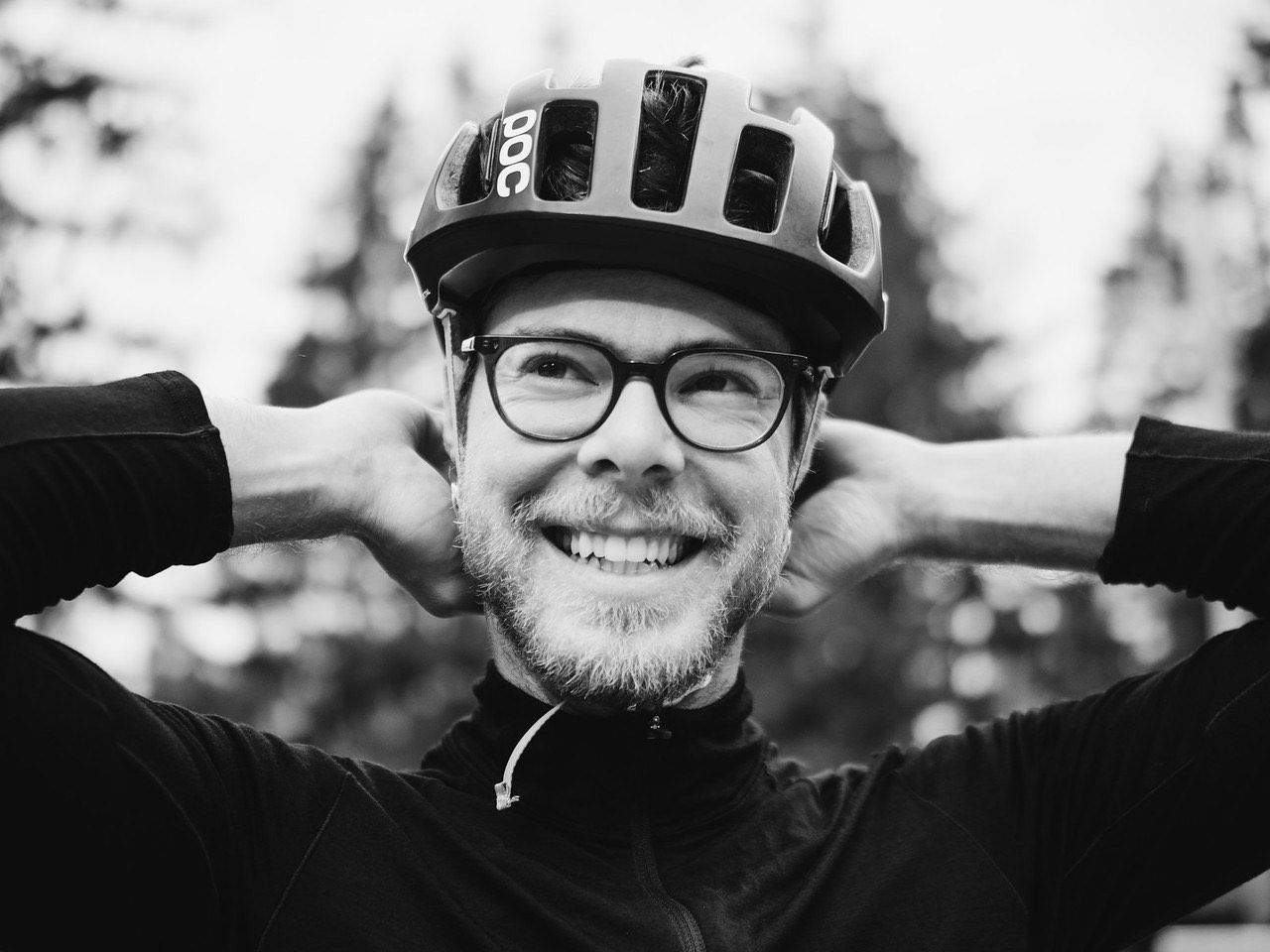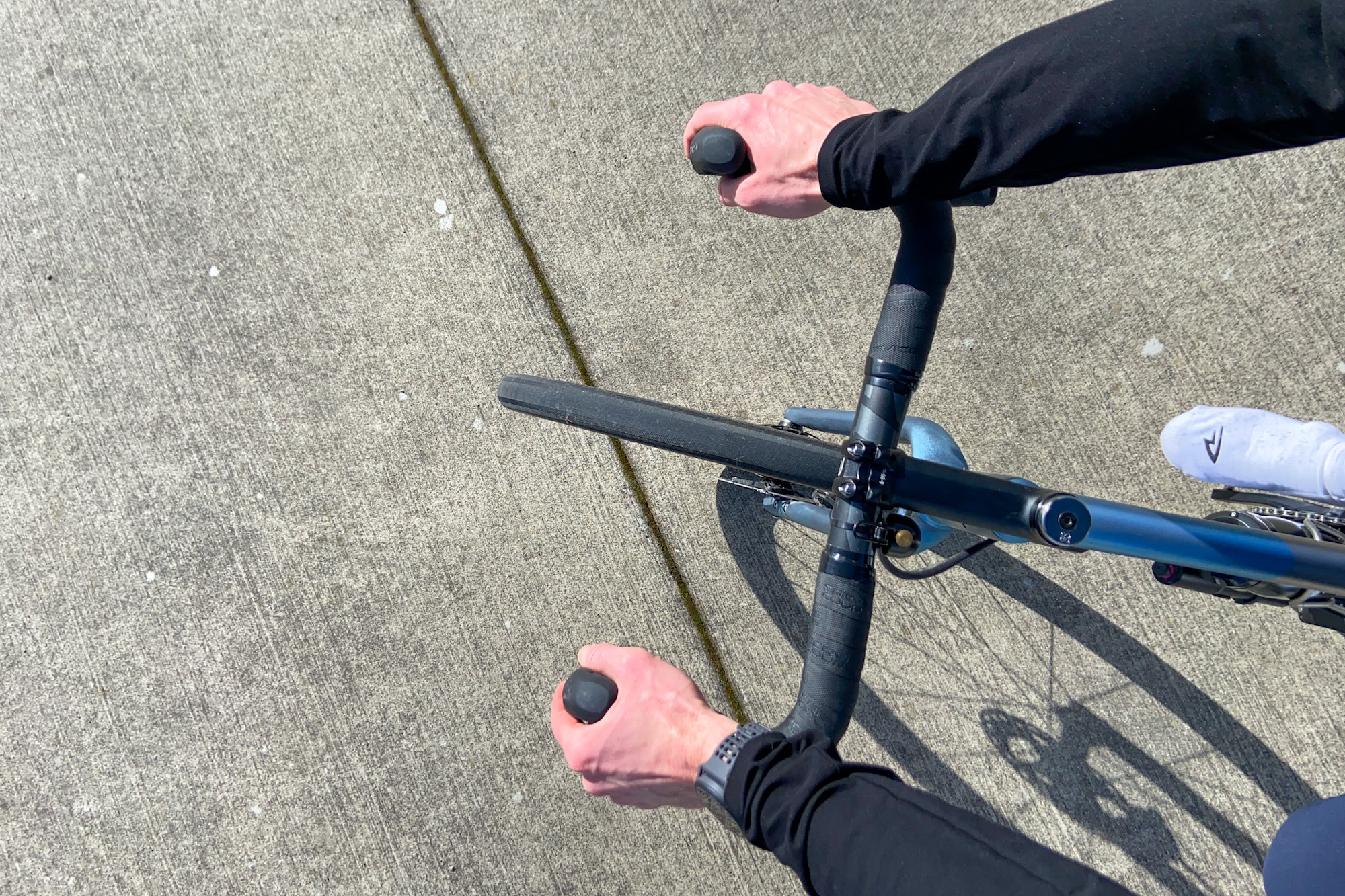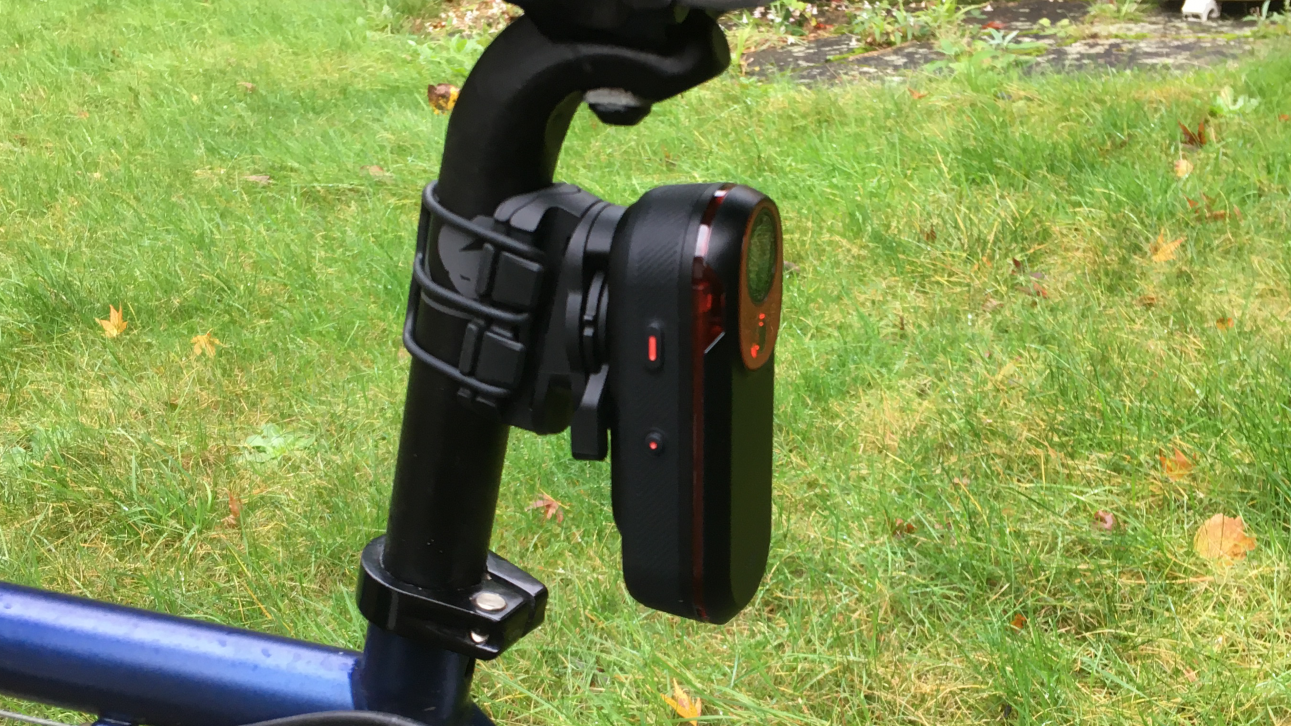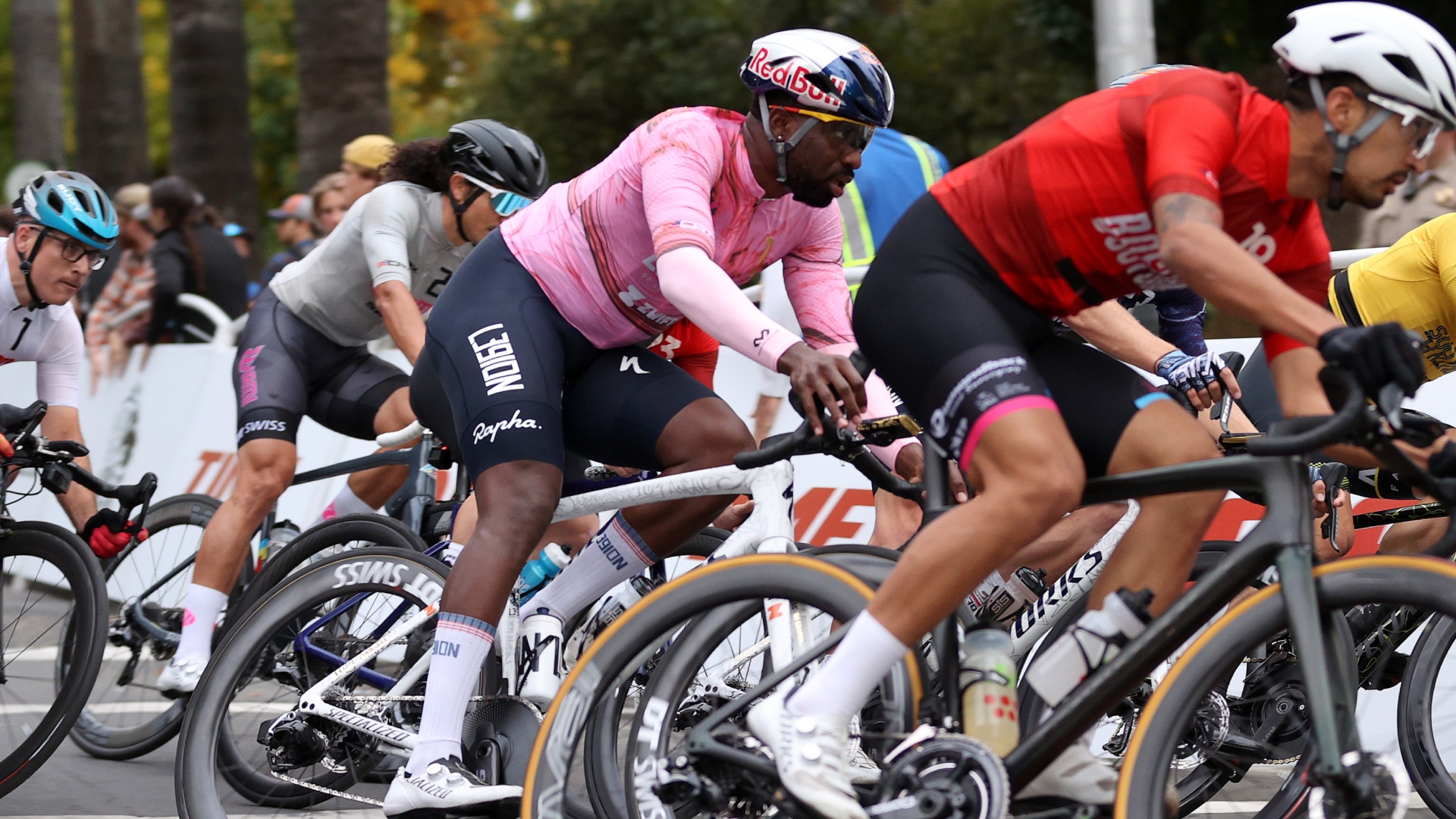'I was carting around a screen on my bars while trying to avoid the larger one at home' - Lessons from a week without a cycling computer
It’s become routine for many riders to keep track of every mile ridden and feet ascended; do we really need to know these things?


When I first started riding bikes as a teenager, GPS devices were not readily available for on-bike use. I timed my rides in what I assume was the usual way: by looking at the digital clock on the oven before dashing out the door, riding the same clockwise loop out of town at breakneck speed, then running back into the kitchen to check the clock again immediately upon returning home.
Since then, things have changed. I now have an extremely powerful Garmin GPS unit tracking my rides at all times. In addition, I carry a phone stowed in my pocket for emergencies (such as the Garmin running out of battery). For specific workouts, I wear a heart rate monitor and track wattage with a power meter, which I have on multiple bikes.
When I’m training for a specific objective, the numbers provided by these tools are helpful for hitting training goals as well as keeping an eye on accrued fatigue and recovery, and broader trends over time. Outside of training, however, these tools are, at best, superfluous. Yet, whether it’s yearning for feedback, or simply force of habit, I keep using them.
I decided it was worth interrogating my reasons.
One thing that I like about training for a goal, whether a single race or a race series, is that it provides purpose and structure. Things are simple when you’re training: you eat, sleep, and ride (around all the other responsibilities of being a contributing member of society).
Beyond racing, I have very different reasons for exercising, and I suspect these are somewhat universal. To be outside; to be present in the moment; to exert myself enough to fall asleep at night; to take a break from my laptop. At some point recently I realized that I was carting around a little screen on my handlebars while expressly trying to spend time away from the larger one at home.
So I decided to stop, and took the computer mount off for good measure. This isn’t my first foray into untracked riding—after I stopped road racing I spent several years riding thousands of kilometers with no computer. At some point though, the allure of Strava and metrics drew me back in.
Get The Leadout Newsletter
The latest race content, interviews, features, reviews and expert buying guides, direct to your inbox!
This time I decided I would start with a manageable goal: one week without the computer. Here’s what I learned.
Staring at stems

My first few rides I noticed myself glancing down at my handlebars, looking for that reassurance of a screen. Chris Froome may have won the Tour de France a bunch of times and have cemented his legacy thusly, but he will also be remembered for staring at his stem unnecessarily. It’s a tough habit to break.
Instead of a screen though, every time I looked down at my handlebars I would marvel at how nice they looked unadorned. Hands and tape and bars, without interruption or distraction. There’s an aesthetic argument to be made for going without a bike computer: it looks better, cleaner. This in itself is fairly compelling.
Then there’s the experience of riding without having access to data in front of you. Not knowing how fast you’re going means you get to guess, and that’s fun. If it feels fast, it is, simple as that.
There’s no need to let the numbers tell you what to do. I found this helpful to finetune my body’s other senses and take note of the cues given by how hard I’m working. I’ve ridden my bike long enough that I have a pretty good sense of what different training zones should feel like and roughly what 250 watts vs 300 vs 350 feels like. The reference points are still there, except they’re coming from me instead of a strain gauge in my crankset.
I wouldn’t want to do a specific workout without power and heart rate, but I could if I needed to. The basic idea of going hard, going easy, rinse and repeat is straightforward enough, but the tools do help.
After a few rides screen-less, I realized I was compulsively looking at my handlebars less often. And, without the touchpoint of a screen in front of me, I found it easier to let my eye and mind wander together. I rode and thought; it was nice. On a longer ride, not knowing how long you’ve been out there provides a meaningful sense of distance from the usual stresses and structures of a day. Having a few more unknowns made a tangible difference in terms of the mental breather I got from riding, and that too was pleasant.
My week without a bike computer also coincided with midwinter break for my kids' school, so I was able to do some extra riding with my kids. I took them mountain biking during and though I usually like to log our mileage to see how far we’ve gone, it was fun to not think about it. Instead I counted how many laps we did on a new trail and noted how they progressed as they became more familiar with the terrain. On a group ride, it might make it a more social experience if no one has a computer to refer to.
Nuts and bolts

There are some other things to take into account when riding without a bike computer. I’ve been using and relying on a Garmin Varia rear radar for the last year or so. It helps me with situational awareness and staying safe on the occasional busy section of road I find myself on. I didn’t even clock the fact that I wouldn’t have a functional radar readout until I was already out on the road for the first time. This took some adjustment.
Whether intentional or not, there is an insidious nature to Strava and other ride tracking platforms. These tracking aggregators make you feel like you NEED to keep track of all your rides or else your data is no good, worthless and incomplete because it only captured SOME of your riding. I’ve seen people actually stop riding their bikes because Strava isn’t working, and, like, what’s even the point?
It is possible to break out of this mode, but it isn’t easy.
There are alternatives too, a sort of middle ground for riders curious about ditching the bike computer. One is to use a multisport watch, like professional cyclocrossers do. Since it wouldn’t be feasible to have a bike computer mounted to bikes that get swapped out every lap, they simply move the computer to their wrists, thus tracking the workout accurately without a screen on their handlebars to do so. For these athletes, this data is their livelihood, so doing this is critical.
For the rest of us, this type of tracking offers a way to keep some tracking but without the distraction of a screen in front of us. It still requires keeping an electronic device charged and remembering to wear and start it, arguably negating some of the benefits of going completely untethered, but it does make for a different riding experience.
There are also other wearable tracking devices options, like biometric sensors, that can provide useful data without a screen. For some riders, these devices may provide a good alternative.
Conclusion

For me, I really like the mindset shift of switching completely between ‘training mode’ and ‘plain riding mode’ but I have a hard time giving up on data completely. I still care about keeping track of my annual mileage enough that I don’t want to give up entirely.
But in the general scheme of things, riding without a bike computer from time to time isn’t going to make a huge difference to the data set, and it provides a great way to reset and find new aspects to appreciate about riding a bike out in the big wide world.
Use as needed; your mileage may vary.

Thank you for reading 20 articles this month* Join now for unlimited access
Enjoy your first month for just £1 / $1 / €1
*Read 5 free articles per month without a subscription

Join now for unlimited access
Try first month for just £1 / $1 / €1

Tyler Boucher is a former (and occasionally still) bike racer across several disciplines. These days, he spends most of his time in the saddle piloting his children around in a cargo bike. His writing has appeared in magazines published in Europe, the UK and North America. He lives in Seattle, Washington.
-
 Can you make a living as an American domestic road racer? A look inside the part-time professionalism of the American road peloton
Can you make a living as an American domestic road racer? A look inside the part-time professionalism of the American road pelotonAfter decades of booms and busts, the American road scene finds itself in a fragile place. We spoke to riders to understand the reality of chasing the dream on home soil
By Logan Jones-Wilkins
-
 5 things I wish I’d known before reviewing the Swytch GO e-bike conversion kit
5 things I wish I’d known before reviewing the Swytch GO e-bike conversion kitSwytch offers an effective, albeit untidy, workaround for e–bike–curious riders. But as prices drop on full e-bikes, its value proposition may be fading
By Anne-Marije Rook